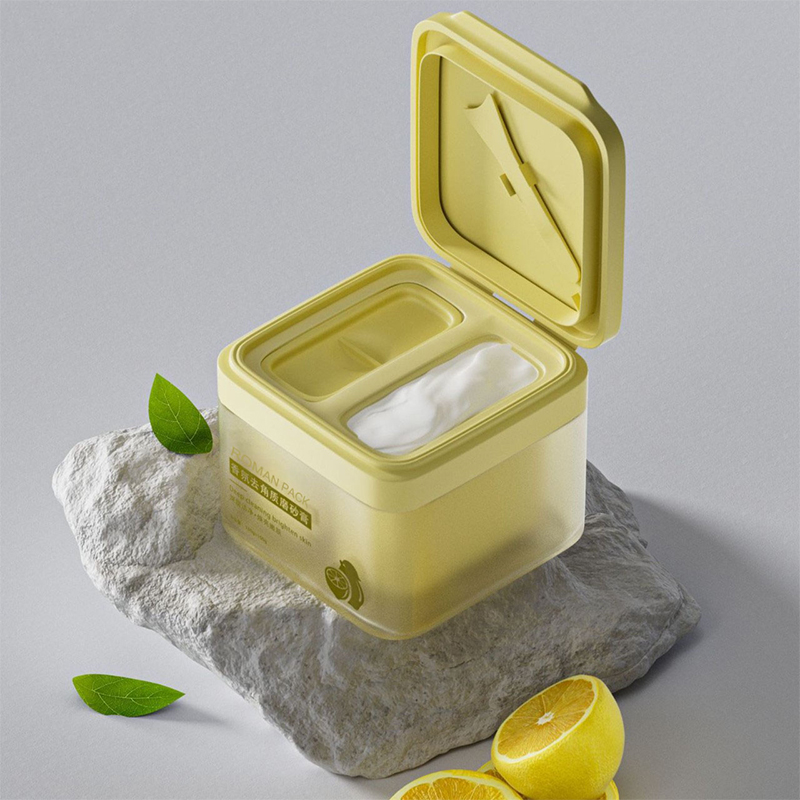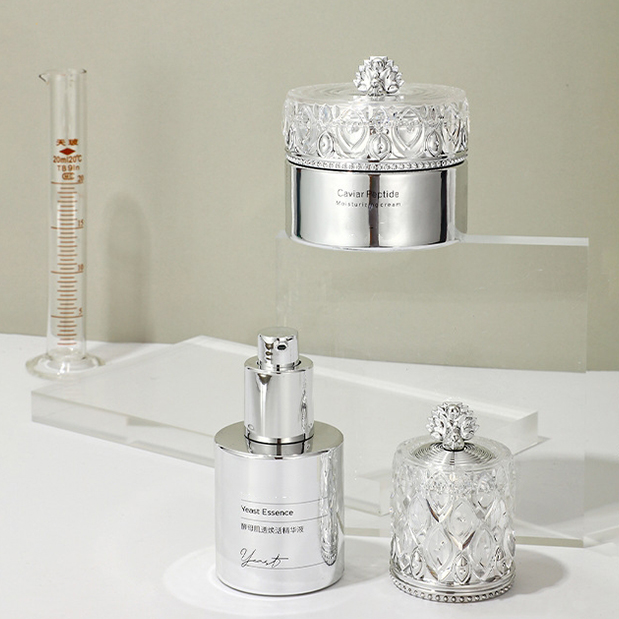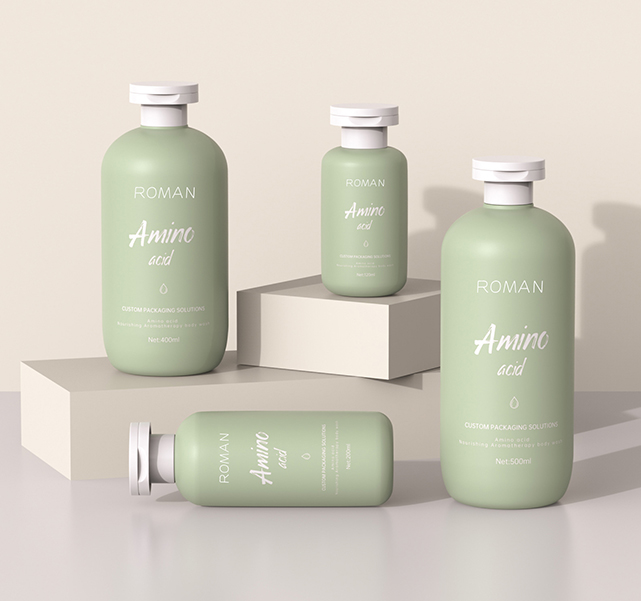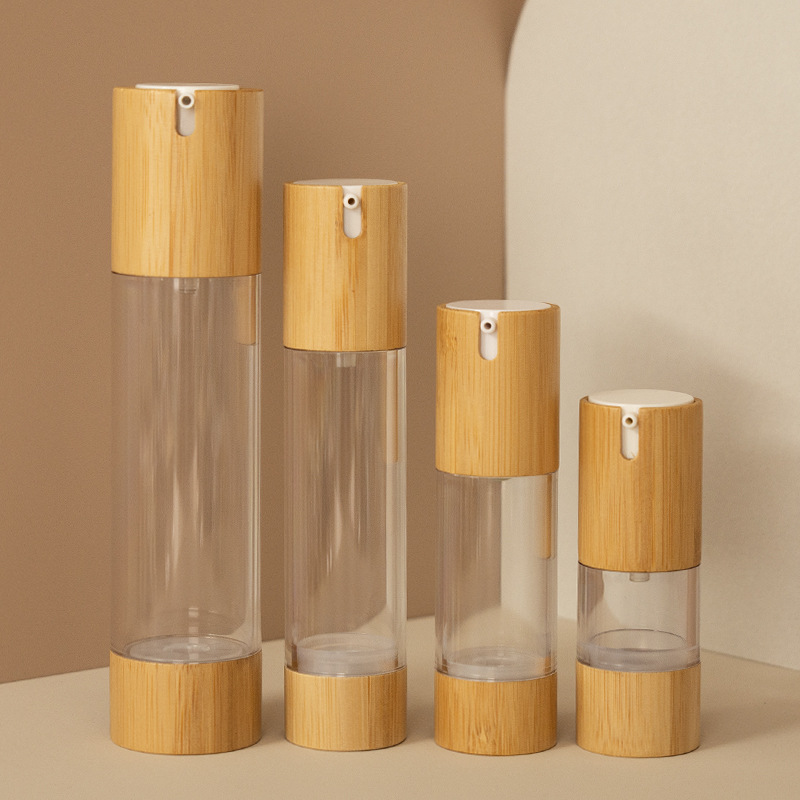How Does the Plastic Cosmetic Jar Combine Functionality with Aesthetic Appeal?
Plastic Cosmetic Jars seamlessly merge utility with visual charm. They are designed to protect delicate formulations while maintaining a luxurious appearance that appeals to modern consumers. Their ergonomic design and lightweight construction make them easy to handle, store, and transport.
Durability Meets Beauty:
Unlike glass, which is heavy and prone to breaking, plastic jars are resistant to impacts and cracks. This makes them ideal for both retail and travel packaging. They provide strong barrier protection against moisture, oxygen, and light—key elements that can degrade cosmetic formulations over time.
Flexible Design Options:
Manufacturers can mold Plastic Cosmetic Jars into various shapes—cylindrical, square, or even custom artistic forms—to align with a brand’s personality. The surface can be glossy or matte, transparent or opaque, offering endless design flexibility. Advanced printing techniques like silk-screen printing, hot foil stamping, and UV coating allow brands to create visually stunning products that stand out on the shelf.
What Are the Key Material Options and Their Unique Advantages?
Different formulations require different levels of protection, and choosing the right plastic type is critical for product performance and longevity.
| Material Type | Description | Key Benefits |
| PET (Polyethylene Terephthalate) | Lightweight, clear plastic with glass-like transparency | Strong impact resistance, fully recyclable |
| PP (Polypropylene) | Semi-transparent and flexible material | Excellent chemical resistance, durable, affordable |
| Acrylic | Glossy and premium appearance | Glass-like clarity, rigid structure, UV resistance |
| PE (Polyethylene) | Soft texture with good flexibility | Ideal for squeezable applications |
Matching Material to Product Type:
For water-based creams or gels, PET and Acrylic provide excellent clarity and protection. For oil-based or chemical-rich formulations, PP or PE are better suited due to their superior chemical resistance. This material versatility ensures that Plastic Cosmetic Jars can adapt to nearly every cosmetic product type.
Why Is Sustainability Driving the Future of Plastic Cosmetic Jars?
As sustainability becomes central to consumer purchasing decisions, the packaging industry is rapidly innovating to minimize environmental impact.
Eco-Friendly Materials and Recycling:
Many manufacturers now use PCR (Post-Consumer Recycled) plastics to reduce waste and dependence on virgin materials. PCR PET jars, for instance, maintain clarity and performance while contributing to circular economy goals.
Refillable and Reusable Designs:
To further enhance sustainability, some brands have introduced refill systems—where consumers keep the outer jar and only replace the inner container. This model reduces plastic waste and promotes brand loyalty, as users repeatedly return for refills instead of new jars.
Lightweight Advantage:
Compared with glass, plastic jars significantly reduce transportation emissions due to their light weight. This helps brands lower their overall carbon footprint, aligning with eco-conscious brand narratives that resonate strongly in today’s beauty market.
How Do Plastic Cosmetic Jars Enhance Product Preservation and User Experience?
Product protection and ease of use are two critical aspects of packaging design. Plastic Cosmetic Jars excel at both.
Airtight Sealing Systems:
Advanced lid structures—such as double-layer caps, screw-on closures, and inner seals—prevent leakage, contamination, and oxidation. This ensures that sensitive skincare ingredients like Vitamin C, hyaluronic acid, and natural extracts maintain their effectiveness throughout the product’s shelf life.
Hygienic Dispensing:
Some high-end jars include spatulas or pump inserts to minimize direct contact with the formula, improving hygiene while maintaining convenience.
UV Protection and Temperature Resistance:
Certain acrylic or tinted PET jars come with built-in UV-blocking coatings to protect formulas from sunlight exposure. Additionally, materials like PP can withstand temperature fluctuations, making them ideal for global logistics and e-commerce delivery systems.
What Role Does Customization Play in Brand Differentiation?
In a market where packaging must compete visually before the product is even tried, customization is key.
Personalized Finishes:
From matte elegance to glossy sophistication, Plastic Cosmetic Jars can be finished in numerous ways. Color gradients, metallic accents, and transparent layering can communicate different brand messages—such as purity, luxury, or sustainability.
Creative Branding Options:
Laser engraving, embossing, and printed labels help brands express their identity and storytelling. For example, minimalist brands often opt for clear jars with subtle silver lids, while premium labels might use black matte acrylic jars with gold foil printing for an upscale feel.
Cap and Closure Innovations:
Cap styles—flat tops, dome lids, or airless closures—play a subtle yet vital role in usability and appeal. A beautifully designed lid not only enhances product functionality but also completes the overall aesthetic, making the jar a collectible item for customers.
How Are Plastic Cosmetic Jars Evolving with Technology and Market Trends?
The future of cosmetic packaging lies at the intersection of technology and sustainability.
Smart Packaging:
Emerging innovations such as QR-coded labels or NFC-enabled caps are turning traditional jars into interactive packaging. Consumers can scan their jars to access authenticity verification, tutorials, or recycling instructions.
3D Printing and Custom Prototyping:
Brands are also exploring 3D printing for faster prototyping and small-batch production of uniquely shaped jars. This reduces design cycles and allows for greater experimentation in texture and structure.
Minimalist and Transparent Design Trends:
Modern consumers appreciate transparency—both literally and figuratively. Hence, brands increasingly use clear PET or frosted finishes to convey purity and authenticity in skincare products.


 English
English Español
Español








